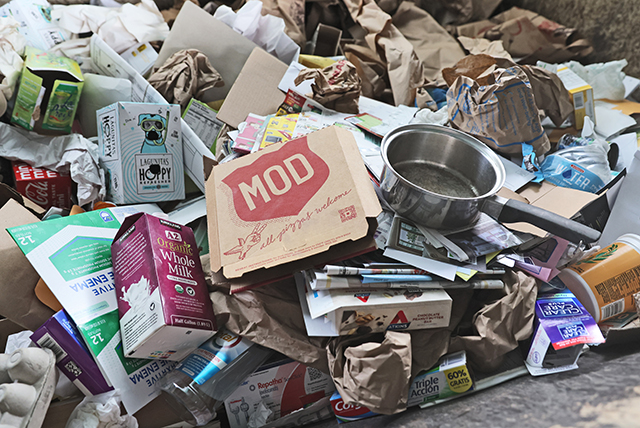Youth climbers explore the limits of their minds
Published 2:00 am Friday, March 26, 2021

- Young climbers train in Bend Endurance Academy’s youth climbing program.
It happens to me all the time, in the gym and at the crag — even more as I get older and more youth get into climbing. A kid, half my size, easily climbs a route that I struggled up or am still figuring out. Climbers in youth programs are strong! But they are also, more often than not, polite and encouraging. They know the etiquette of indoor and outdoor climbing.
This is no coincidence. Mike Rougeux, executive director of the Bend Endurance Academy and a climbing coach of 16 years, says youth climbing programs are important for the same reasons that all youth sports benefit kids. But also much more than that. They aim to instill lessons in the next generation of climbers about how to be good ambassadors for the sport and to value natural spaces.
Trending
Climbing, like the other programs within the BEA, is a outdoor sport that people can participate in at varying levels through all stages of life. Teaching climbers from a young age about respecting the places they climb can create lifelong advocates for public lands. Learning to handle the pressure of a hard climb can also make youth more resilient.
The BEA climbing program focuses on both indoor competition climbing and outdoor climbing.
“These two types of climbing are worlds apart and yet complement each other well,” Rougeux said. In competition, climbers don’t choose the style of climb. The routes are set by the organization hosting the event. In competition climbing, there is little time to study the route before attempting it, and competitors can’t watch how others climb the route.
“When a competitor begins, they have to be physically prepared for any style of climbing and they need to have a tactical approach, which might include determining when to rest and when to execute,” Rougeux pointed out. They have to stay calm and focused to succeed in one attempt. This better prepares youth for climbing outdoors. Being able to make moves on a variety of holds and to read sequences while on -route, skills gained through competition, can make a climber more successful on many more routes.
Balancing outdoor climbing with competition climbing is important, but another primary aim for all BEA programs is to teach kids to be good people.
“We work hard to create a culture that supports everyone as they push to improve, to the point where BEA has a reputation for cheering the loudest at competitions. And to show kids what it can be like to work hard towards something they want to achieve,” Rougeux said.
Trending
The path to a tough goal can have highs and lows. Ella, a youth climber in the program for about two years, has learned that “In terms of successes and failures, my mind has an amazing amount of power,” she said. “My thoughts can determine whether or not I send a difficult route or nail a new move, and what’s more, I can harness my thoughts to empower me to do my best.”
Ella also recalled an impactful moment with her coach when she was nervous ahead of a big competition. Her coach told her that whenever she is worried about something, to focus on what she can control. There’s no use in worrying about things you can’t control. That allowed Ella to have fun and do well. These powerful lessons apply to so much more than climbing and will better prepare her for many challenges.
Moxie, another climber on the team, says that the biggest thing she has learned is to maintain a positive attitude. Neither of these athletes said that climbing a hard route or learning a new move were the most important things they gained from being part of the program. They both emphasized lessons about mindset and shared experiences.
The BEA youth climbing program successfully trains youth for impressive achievements in climbing. It is known to be one of the strongest teams in the country and many athletes, up to 10 in some years, qualify and compete in Nationals each year. But instilling important and relevant life lessons is an even greater success that will have lasting impacts on the program’s participants and in the climbing community.








